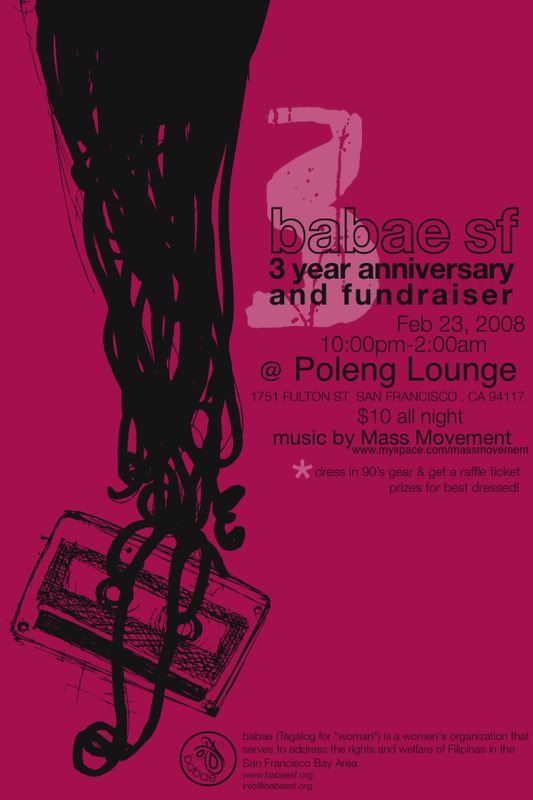BY ALEXANDER MARTIN REMOLLINO
Bulatlat
Vol. VIII, No. 2, February 10-16, 2008
original article can be found at:
http://www.bulatlat.com/2008/02/u-s-troops-sighted-during-sulu-massacreU.S. troops were present during the Feb. 4 assault by combined Army and Navy elite forces on Barangay (village) Ipil, Maimbung, Sulu that killed eight non-combatants, including an Army soldier on vacation. Worse, they tolerated what had taken place.
Soldiers from the Army's Light Reaction Company (LRC) – a unit composed of Philippine soldiers who had received training from U.S. troops during the RP-U.S. joint military exercises –and the Navy's Special Weapons Group (Swag) attacked Brgy. Ipil early morning, while most villagers were still sleeping, on Feb. 4, said Concerned Citizens of Sulu convener and former Jolo councilor Temogen "Cocoy" Tulawie in an interview with Bulatlat.
Killed in the attack were Marisa Payian, 4; Wedme Lahim, 9; Alnalyn Lahim, 15; Sulayman Hakob, 17; Kirah Lahim, 45; Eldisim Lahim, 43; Narcia Abon, 24 – all civilians. Also killed was Pfc. Ibnul Wahid of the Army's 6th Infantry Division, who was then on vacation.
"Wahid's hands were even tied behind his back," Tulawie said, citing an account by Sandrawina Wahid, the slain soldier's wife. "He was forced to lie face down on the ground and they stepped on his back. His wife ran into their hut and back out, showing the soldiers his Army ID and bag, begging them to not hurt him. But still, they shot him."
One of the victims, Kirah Lahim, was even mutilated. "They took out his eyes and cut off his fingers and ears," Tulawie said.
Military officials have given varying explanations of the incident. One explanation was that the non-combatants were killed in a firefight between soldiers and "terrorists," while another points to a "family feud" as having triggered the killings.
One Army general said what happened on Feb. 4 was a "legitimate encounter," claiming that troops searching for kidnapped trader Rosalie Lao clashed with Abu Sayyaf Group (ASG) bandits and members of the terrorist Jema'ah Islamiyah.
The military did not say whether Lao, who was kidnapped on Jan. 28 while on the way home from her store, was being held in Sulu.
Maj. Gen. Ruben Rafael, commander of an anti-"terrorist" task force in Sulu, said two soldiers and three bandits – including ASG leader Abu Muktadil – were killed in the "encounter."
"It was a legitimate encounter," Rafael told media. "As far as we are concerned, troops clashed with the Abu Sayyaf and Jema'ah Islamiyah. We have recovered the bodies of Muktadil, but soldiers also found eight more bodies in the area and we are trying to find out whether they were caught in the crossfire or slain by terrorists."
Tulawie, however, said this was not true.
"That's a lie," Tulawie said. "Most of these people (who were killed) are just seaweed farmers. There is no ASG there. In the case of Wahid, they killed their own fellow soldier."
"They were quiet people who had no enemies," Tulawie said of the victims.
Meanwhile, Maj. Eugene Batara, spokesman of the Armed Forces of the Philippines' (AFP) Western Mindanao Command (Westmincom), said authorities are presently investigating reports that the killings were sparked by a family feud.
As the killings were taking place, there were U.S. troops nearby. Tulawie said Sandrawina was taken into a Navy boat, where she saw four U.S. soldiers.
"They were just nearby and they tolerated what was happening," Tulawie said. "There was only one who was heard shouting, 'Hold your fire!' but that was all. They tolerated these human rights violations committed by the soldiers they had trained."
Westmincom chief Maj. Gen. Nelson Allaga said there were no U.S. troops involved in the operation.
"There was no direct involvement of the Americans," Allaga said. "It is strictly prohibited."
Not the first timeSulu Gov. Abdulsakur Tan said this was not the first time that U.S. troops were reported to have taken part in Philippine military operations in Sulu. With this, he corroborated what Tulawie had said in an earlier interview with Bulatlat.
When an encounter between the AFP and the Moro National Liberation Front (MNLF) broke out in Brgy. Buansa, Indanan, Sulu in early 2007, U.S. troops who were a few kilometers away were seen running toward the direction of the gunfire. They were carrying their guns.
Military spokespersons said the attack was brought about by reports that members of the ASG were in the MNLF camp. The MNLF – with which the Government of the Republic of the Philippines (GRP) signed a Final Peace Agreement in 1996 – has repeatedly denied that it coddles ASG members.
During that same period, U.S. troops were busy with a road construction project in Brgy. Bato-Bato, Indanan. At that time, the area was the center of Philippine military operations in Sulu.
These were gathered by Bulatlat in its interview with Tulawie in March last year.
This, Tulawie said, is just part of a larger picture that has been developing in Sulu since 2004.
"Military operations always take place not far from where U.S. troops are," said Tulawie. "The presence of U.S. troops has been visible in areas where military operations have taken place."
While Tulawie says there is yet no evidence that U.S. troops have actually participated in combat operations, their visibility in areas where AFP operations have been conducted raises questions on the real reasons behind their presence in the country's southernmost province.
U.S. military presence in SuluThe presence of U.S. troops in Sulu started in 2004 and has been continuous since then.
U.S. troops would have entered Sulu as early as February 2003. The AFP and the U.S. Armed Forces had both announced that the Balikatan military exercises for that year would be held in Sulu.
This provoked a wave of protest from the people of Sulu, who had not yet forgotten what has come to be known as the Bud Dajo Massacre.
The Bud Dajo massacre, which took place in 1906, is described in some history texts as the "First Battle of Bud Dajo." It was an operation against Moro fighters resisting the American occupation.
The description of the incident as a "battle," however, is disputed considering the sheer mismatch in firepower between U.S. forces and the Moro resistance fighters. The 790 U.S. troops who assaulted Bud Dajo used naval cannons against the 800-1,000 Moro resistance fighters who were mostly armed only with melee weapons.
In the end, only six of the hundreds of Moro resistance fighters holding Bud Dajo as a stronghold survived, while there were 15-20 casualties among the U.S. troops.
The announcement in February 2003 that the year's Balikatan military exercises would be held in Sulu summoned bitter memories of the Bud Dajo Massacre and led to protest actions where thousands of Sulu residents participated.
The next year, however, U.S. troops came up with ingenious ways to find their way into Sulu – coming in small groups and bringing relief goods. This "neutralized" the residents' resistance to their presence.
"Unconventional warfare"The U.S. troops in Sulu are part of the Joint Special Operations Task Force-Philippines (JSOTF-P). Based on several news items from the Philippine Information Agency (PIA), the JSOTF-P are in Sulu to train the AFP's Southern Command (Southcom) and to conduct civic actions.
However, an article written by Command Sgt. Maj. William Eckert of the JSOTF-P, "Defeating the Idea: Unconventional Warfare in Southern Philippines," hints that there is more to the task force's work than training AFP troops and embarking on "humanitarian actions." Wrote Eckert:
"Working in close coordination with the U.S. Embassy, JSOTF-P uses Special Forces, Civil Affairs and Psychological Operations forces to conduct deliberate intelligence, surveillance and reconnaissance in very focused areas, and based on collection plans, to perform tasks to prepare the environment and obtain critical information requirements. The information is used to determine the capabilities, intentions and activities of threat groups that exist within the local population and to focus U.S. forces – and the AFP – on providing security to the local populace. It is truly a joint operation, in which Navy SEALs and SOF aviators work with their AFP counterparts to enhance the AFP's capacities."
These U.S. troops have always been seen near the sites of Philippine military operations in Sulu. The latest sighting was during the Feb. 4 attack on Brgy. Ipil, Maimbung where seven civilians and one Army soldier on vacation were killed. Bulatlat






